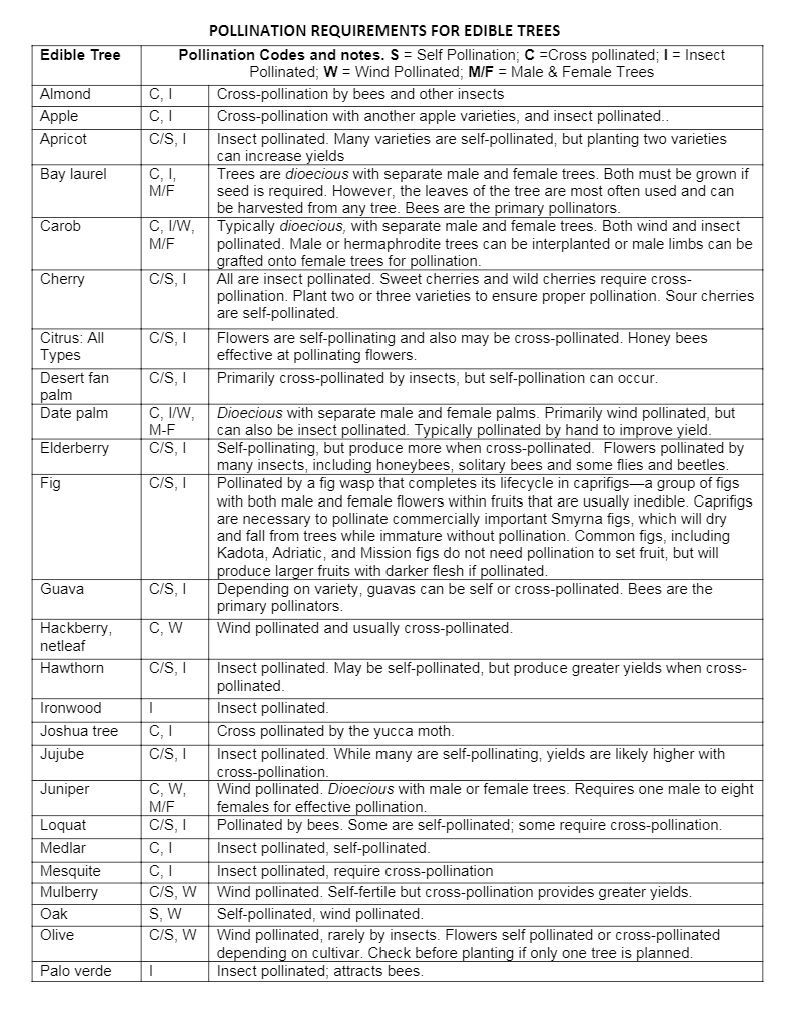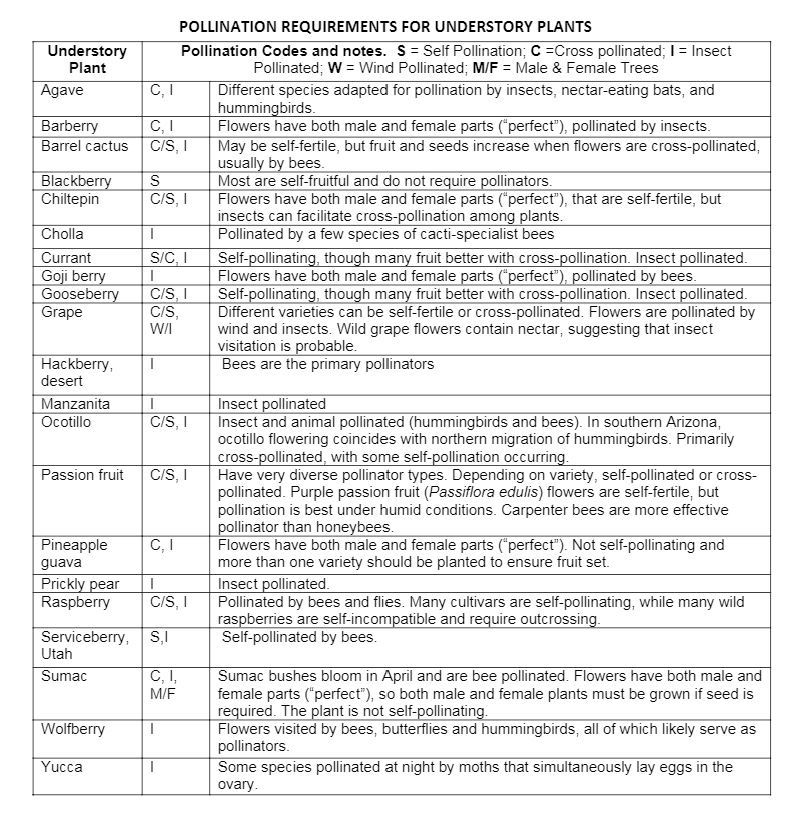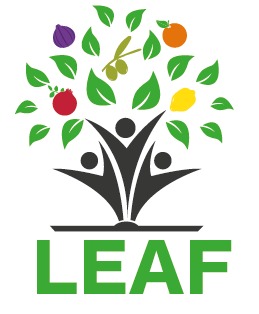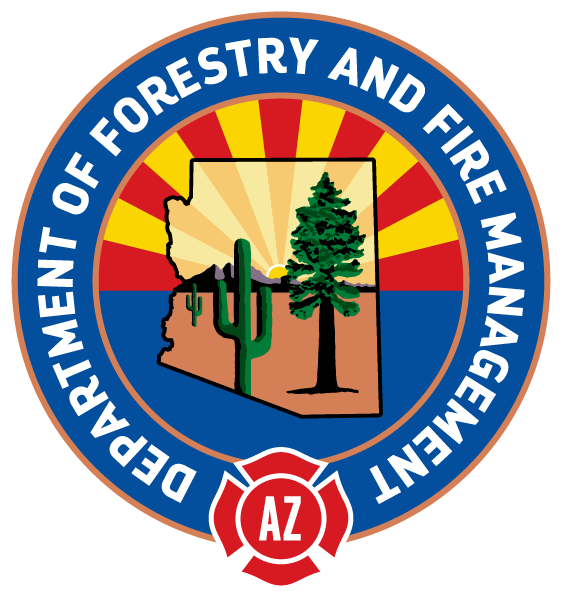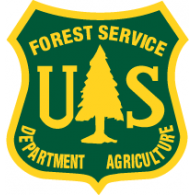Pollination Requirements for Trees Click Here for a PDF of Pollination Requirements for TreesFlowers of all edible tree species require pollination, which is the transfer of pollen from the male part of a flower (stamen and anthers) to the female part of a flower (pistil and stigma). Pollination fertilizes flowers so the tree can produce fruits, nuts, berries, seeds or pods. When selecting trees, find out how they are pollinated and use this information in determining what trees to plant and where to plant them. Start by reviewing the types of pollination below. General types of pollination •Self-pollination: Tree blossoms pollinated by their own pollen or pollen from another flower on the same tree. These trees can be planted alone and still produce fruit, nuts, seeds or pods. However bees are often necessary to transfer the pollen. Examples of self-pollinated fruit trees are sour cherries, apricots, and peaches. Small fruits, including raspberries and blackberries, are also primarily self-pollinating. •Cross-pollination: Tree blossoms pollinated by another tree of the same natural variety or cultivated variety (known as a cultivar), or another variety of the same species. Many need bees to transfer the pollen. For edible trees that require cross-pollination, it is best to have more than one variety of the same type of fruit tree in your yard, neighborhood, or community. Keep in mind that different varieties may flower at different times—in early, mid- or late season, so plant those that bloom at the same time. Sweet cherries, pears, and most apples require the presence of two different compatible varieties for pollination to result in fruit set. •Animal and insect pollination: Tree blossoms that need moths, bats, birds or insects to pollinate flowers. Many fruit trees, such as peach, pear, and apple require honeybees for pollination. Cacti and succulents are often pollinated by moths, bats, and birds. Many of these pollinators are susceptible to insecticides and genetically modified plant pollen. Do not apply insecticides or other chemicals to plants that could damage pollinators. Be especially careful when treating “ insect” problems, as you could unintentionally kill beneficial pollinator species. •Wind pollination: Tree blossoms that rely on pollen carried by the wind. For ensure sufficient pollen reaches flowers, several trees of the same species need to be planted within 50 feet of each other. Pinyon pine, juniper, pecan and pistachio are naturally wind pollinated. •Male and female trees: Trees that have male and female flowers on different trees (called dioecious plants), where only the female trees produce fruit. A male tree is needed in the vicinity to pollinate the female tree to ensure production. Date palms, carob, pistachio and persimmons are examples of dioecious trees. Make sure that you seek professional advice when ordering and planting these trees |
Saguaro, Animal Pollination
Pinyon, Wind Pollination
|
Take pollination into account when selecting and planting trees. Review pollination information when choosing your edible trees. See the tables Pollination Requirements for Edible Trees and Pollination Requirements for Edible Understory Plants for lists of how specific edible trees are pollinated. More information about pollination of Arizona edible trees is available at the Edible Tree Directory. If your trees require cross-pollination, you may need to provide space for two different compatible natural or cultivated varieties of the same edible tree type. Even self-pollinating trees may produce higher yields if they are cross-pollinated. Look around your neighborhood and community—if other people are growing the same types of edible trees, these may be able to pollinate your tree. Special grafted trees may have two varieties grafted onto the same rootstock for effective pollination. Or some female trees may have limbs of male trees grafted onto them. Ask a Cooperative Extension or nursery specialist for more information about which trees to plant for cross-pollination and fruit set. | Notes on Hand-Pollination for Home Orchardists In some cases, if pollinators are scarce or you want to increase yields, you can hand pollinate blossoms. But practice SAFETY FIRST if you are considering hand pollinating your tree. We recommend hand-pollination only in special circumstances, since it requires careful attention each spring when the blossoms open. Dwarf trees and container-grown trees are easiest and safest for homeowners to hand pollinate. First, familiarize yourself with flower anatomy. Identify the multiple long (male) stamens, which have pollen-filled vessels (anthers) at their tips. Find the (female) pistil, which rises from the flower center as a thick, columnar structure with a sticky crown (stigma) for receiving pollen. Wait until the trees are in full bloom and the flowers are fully open. Use a small artist's brush or cotton swab to hand pollinate the flowers on smaller trees. If trees are self-pollinating, touch the brush or swab to the flower’s anthers, and then dab it on the stigma of the same flower or another flower on the same tree. To cross-pollinate, prune blossoms off of one tree and carry them to another tree of the same type that is also in full bloom. Using your brush, swab or simply the blossoms themselves, apply pollen from the anthers of the flowers in your hand to the stigmas of the flowers in the second tree. If the tree is large, use a duster attached to a long pole. If trees are self-pollinating, touch the duster to the flower’s anthers, then dab it on the stigma of the same flower or another flower on the same tree. To cross-pollinate, brush the duster on flowers of one tree, carry it a second tree. Continue this for successive days as more blossoms open. While professional growers of date palms often hand-pollinate the flowers on many female palms using pollen from a single male palm to make sure that each raceme of flowers is pollinated, these, and other tree types can be too tall for most home orchardists to effectively and safely pollinate. |
CAUTION: Never eat anything that is not properly identified. It is your responsibility to ensure that all fruits, nuts, seeds, pods and other edible products of trees and shrubs are correctly identified and safe to eat before eating them or serving them to others.
Copyright 2023
LEAF is under the fiduciary stewardship of the Arizona Community Tree Council, a 501(c)3 non-profit organization.
70 S Val Vista Drive, Suite A3-186, Gilbert, AZ 85296

 Peach, Self-Pollination
Peach, Self-Pollination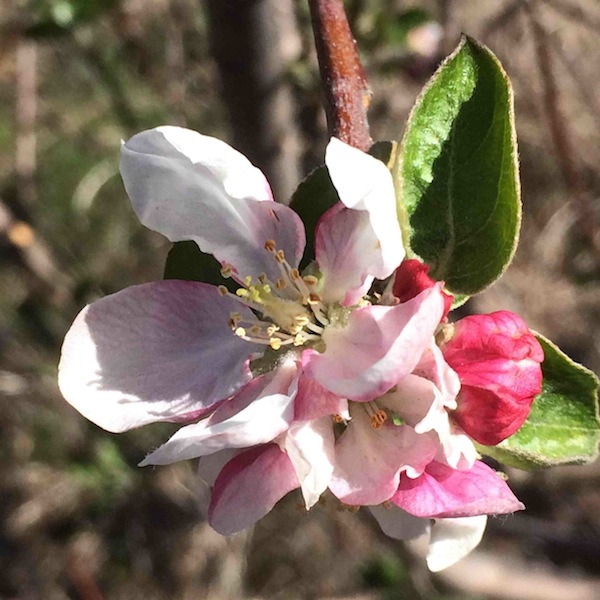 Apple, Cross-Pollination
Apple, Cross-Pollination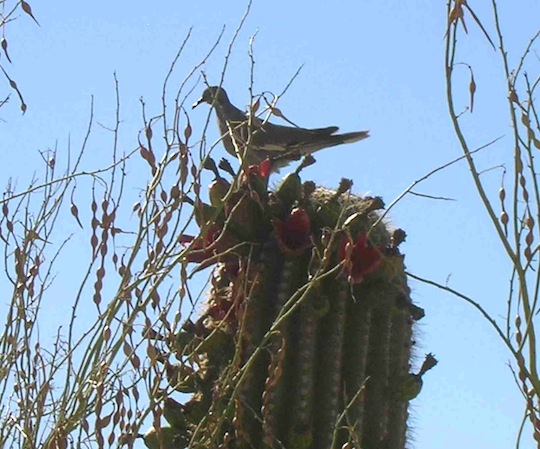
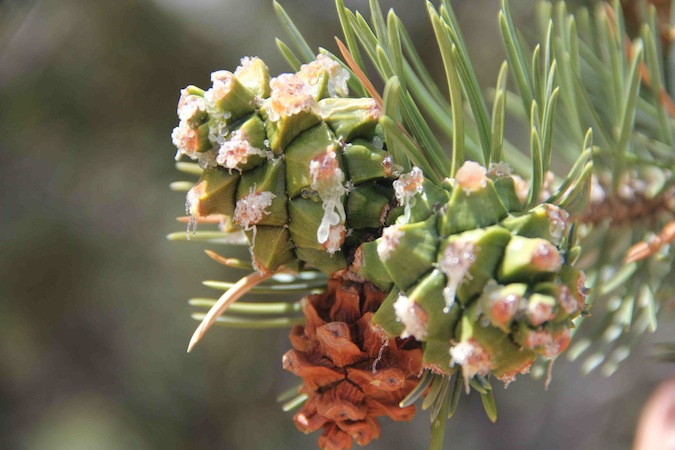
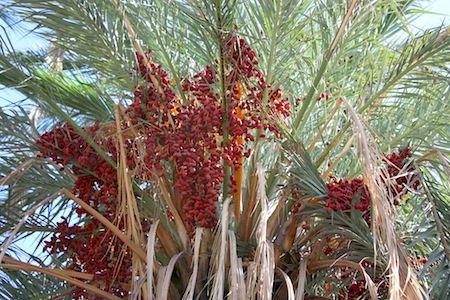 Date Palm, Male and Female Trees
Date Palm, Male and Female Trees